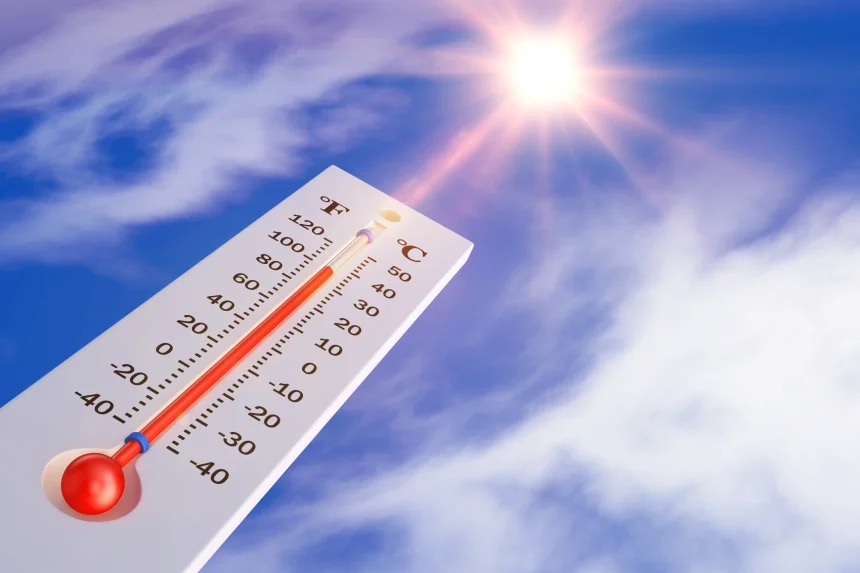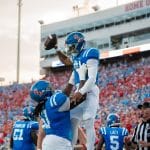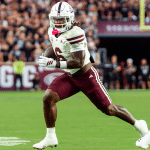While summer in Mississippi officially runs from June through September, locals know that high temperatures cans stick around much longer. Prolonged heat can pose serious health risks, and American Medical Response is urging residents to take steps early and often to avoid heat-related illness.
Ryan Wilson, operations manager for AMR ambulance service, cautions the public to remember that soaring temperatures and high humidity can ultimately be deadly. But there are ways to ensure it’s not.
“Even the healthiest among us can suffer heat exhaustion or heat stroke, but elders, children up to four years of age, chronically ill individuals, obese people, those who are pregnant, and substance abusers are more vulnerable,” he said. “There are specific ways to prevent heat illness, and when prevention fails, we all need to recognize heat illness quickly and help the victim fast.”
Wilson said heat illness can strike both outside and inside, especially in buildings with no air conditioning or ventilation. A major part of avoiding heat illness is simple – drink plenty of water.
AMR offered these extra steps for prevention of heat illness:
- A major part of avoiding heat illness is to drink lots of non-alcoholic fluids continuously. Water and commercial sports drinks are best. Avoid large quantities of alcohol, energy drinks, coffee, and other caffeine forms. If you have no salt restrictions in your diet, mix a pinch of salt in each quart of water you drink to help replenish lost electrolytes. Don’t wait until you’re in the heat to begin drinking water.
- Work outside only in the cooler morning and evening hours, if possible. Take frequent breaks and stay in the shade as much as you can. Wear loose fitting, light-colored clothing made of fabric that “breathes” such as cotton. Consider wearing a broad-brimmed, loose weave hat to help protect from the sun, but don’t forget to take it off from time to time. If you’re out walking, use an umbrella or parasol. Consider keeping a cool, wet cloth loosely around your neck.
- Indoors, pull your curtains close to block some of the sun’s heat. Concentrate cooler air in one room of your home by stuffing towels or sheets in the space between the floor and the bottom of doors. If your home has no air conditioning, spend the hottest hours of the day in a public space such as libraries, shopping malls, or senior centers.
AMR also suggests, in the case of a heat wave, friends and family of elderly or disabled people should check on them frequently.
Early symptoms of heat exhaustion include feeling light-headed or dizzy. Other symptoms can be heavy sweating with cool, clammy and sometimes pale skin, headache, nausea, vomiting, irritability, weak pulse, and rapid but shallow breathing. Body temperature is usually normal or only slightly elevated with heat exhaustion.
Onlookers who suspect someone may be suffering from heat exhaustion should immediately move the person to a nearby cooler place. Have them lie down and elevate their feet eight to 12 inches. Loosen clothing and fan the victim without chilling them.
Heat exhaustion can quickly turn into heat stroke, with the main identifying factor of heat stroke being abnormally high body temperature. Other symptoms of those suffering from heat stroke could be the presence of sweat although the victim has stopped producing sweat, red or mottled skin, deep breathing followed by shallow breathing, dilated pupils, seizures, or lost consciousness.
If you believe someone is suffering from heat stroke, call 911 immediately. While waiting for an ambulance, make sure the victim is out of the heat, supply a cool but not cold bath with wet cloths, and consistently fan the victim. Do not cool the victim to the point of shivering.








